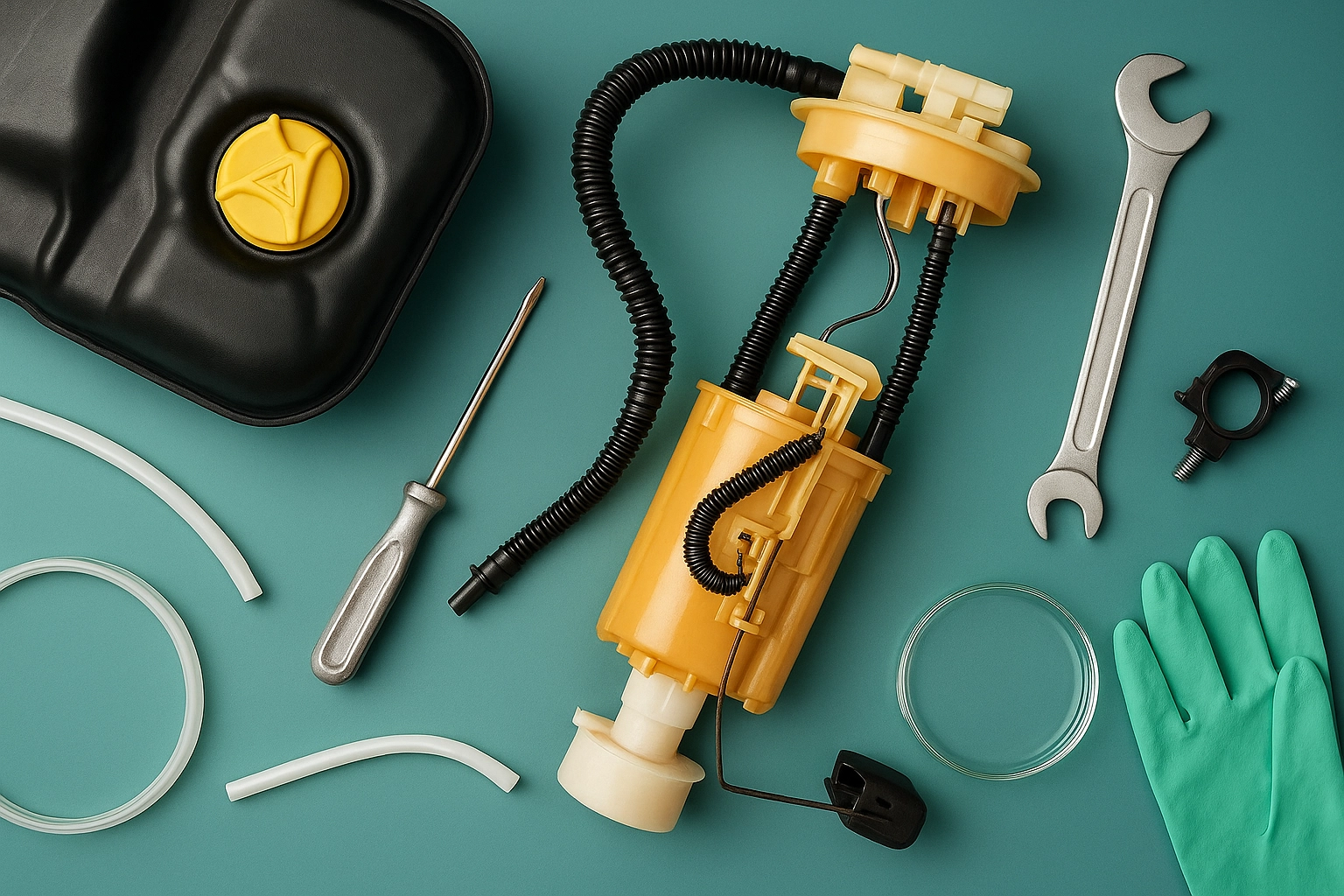SAE J703 Fuel Tank Pressure Test
The SAE (Society of Automotive Engineers) J703 standard provides a robust framework for testing fuel tanks and their associated systems to ensure they can withstand the pressures exerted during various operational scenarios. This test is critical in automotive manufacturing, ensuring that fuel tanks are leak-free and capable of withstanding high-pressure conditions without compromising safety or performance.
SAE J703 defines a series of tests aimed at evaluating the integrity of fuel tank systems. The primary focus is on identifying any potential leaks or weaknesses that could lead to fuel loss, contamination, or other issues during the vehicle's lifecycle. This test is particularly important for vehicles operating in extreme environments where temperature and pressure fluctuations are common.
The SAE J703 standard emphasizes the importance of conducting these tests early in the development process, as well as periodically throughout production to ensure ongoing compliance with safety regulations. By adhering to this standard, manufacturers can demonstrate their commitment to quality assurance and compliance with industry best practices.
During a fuel tank pressure test according to SAE J703, the fuel tank is pressurized using clean air or nitrogen gas to simulate real-world operating conditions. The pressure applied ranges from 25 psi (172 kPa) to 40 psi (276 kPa), depending on the specific requirements of the test. This high-pressure environment allows testers to identify any potential leaks that could compromise the integrity of the fuel system.
The testing process is designed to be comprehensive, covering various aspects of the fuel tank's performance. After pressurization, the test specimen is monitored for a specified period (typically 15 minutes) to observe for any signs of leakage or abnormal behavior. Any detected issues are carefully documented and addressed by the manufacturer.
The SAE J703 standard also specifies that the fuel tank should be thoroughly cleaned before testing to ensure accurate results. This includes removing any dirt, debris, or contaminants that could interfere with the test outcome. Proper specimen preparation is crucial for ensuring reliable and repeatable results.
Testing according to SAE J703 not only helps manufacturers meet regulatory requirements but also enhances the overall safety and reliability of vehicles. By identifying potential issues early in the development process, manufacturers can make necessary adjustments to improve the design and performance of their products.
Scope and Methodology
| Aspect | Description |
|---|---|
| Pressure Range | The pressure applied during the test ranges from 25 psi (172 kPa) to 40 psi (276 kPa). |
| Test Duration | The specimen is monitored for a minimum of 15 minutes after reaching the specified pressure. |
| Media Used | Clean air or nitrogen gas is used to pressurize the fuel tank. |
| Environmental Conditions | The test is conducted in a controlled environment to ensure accurate results. |
Why Choose This Test
- Ensures compliance with SAE J703 standards and regulatory requirements.
- Identifies potential leaks or weaknesses in the fuel tank system early in the development process.
- Improves overall safety and reliability of vehicles by catching issues before production.
- Reduces the risk of fuel loss, contamination, and other operational problems during vehicle use.
- Promotes sustainable manufacturing practices by minimizing waste and ensuring high-quality products.
Environmental and Sustainability Contributions
The SAE J703 fuel tank pressure test plays a crucial role in promoting environmental sustainability within the automotive industry. By ensuring that fuel tanks are leak-free and capable of withstanding high-pressure conditions, this test helps reduce the risk of fuel spills and leaks, which can have significant environmental impacts.
Through regular testing according to SAE J703 standards, manufacturers can minimize waste generation by identifying design flaws early in the development process. This not only leads to more efficient production processes but also reduces the overall environmental footprint associated with manufacturing defective products.
The test also supports sustainable practices by ensuring that vehicles are reliable and perform optimally throughout their lifecycle. Vehicles that meet SAE J703 standards are less likely to experience issues such as fuel leaks or contamination, which can lead to premature vehicle failure. This ultimately results in reduced waste from scrapped vehicles and lower resource consumption.
By adhering to the SAE J703 standard, manufacturers demonstrate their commitment to environmental responsibility and quality assurance. This not only enhances consumer trust but also contributes positively to global sustainability efforts.





